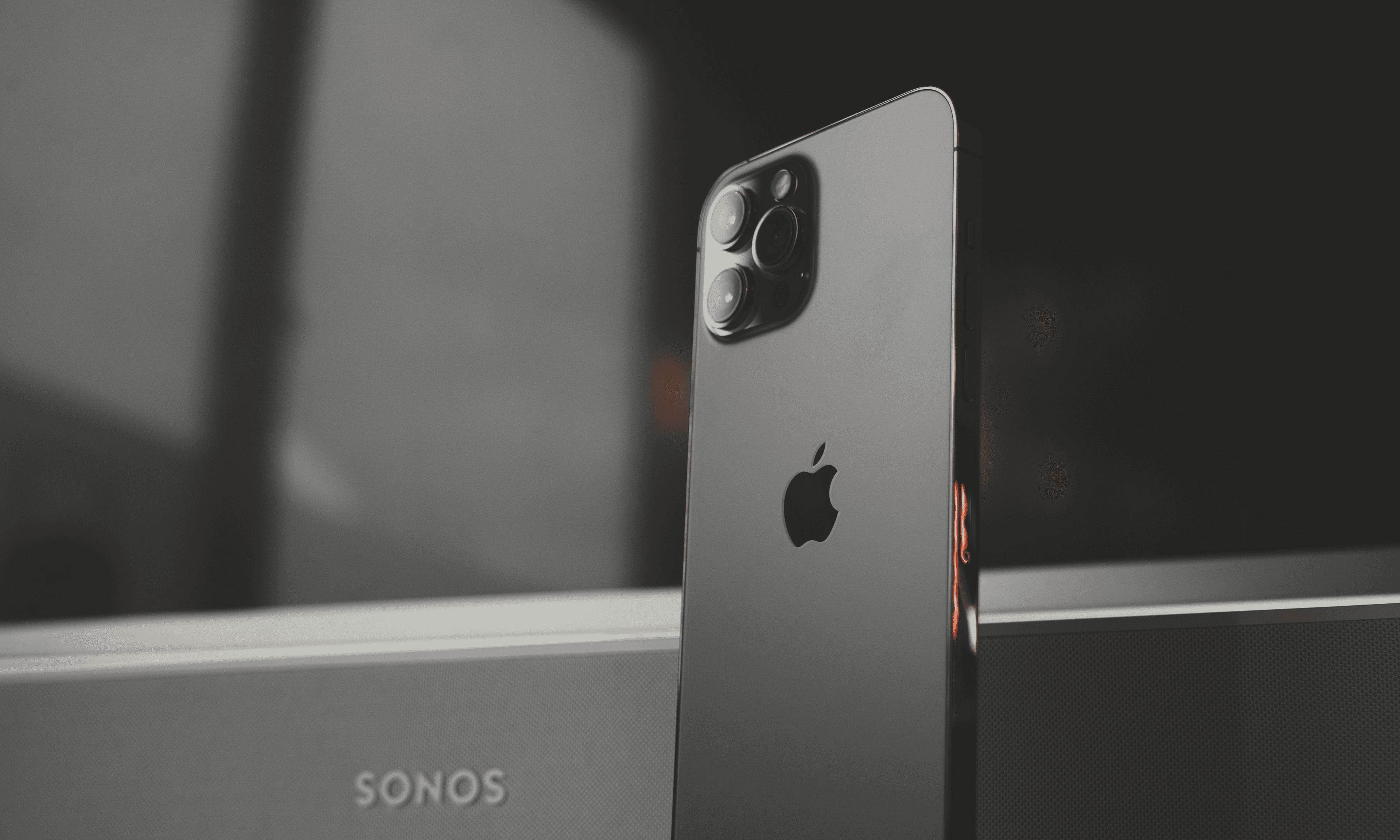Can cold weather really kill your phone? We separate myth from truth on how freezing temps affect battery life, screens and everyday use.

Written by Antonia, Head of Marketing | Consumer Electronics and Money-Saving
Last updated on 17 December 2025

It was a frosty morning today and it means winter is here. Weather forecasters are predicting freezing temperatures starting next week dropping to -10°C in some parts of the country.
Last year's cold snap taught us that smartphones don't cope well with temperatures below 0°C and if not being taken care of, phones can run into problems. But how bad the impact can be? Fortunately, UK isn't the place where extreme weather conditions often take place, nevertheless cold weather can be the reason behind many annoying issues.
The information provided on Apple's website tells us that a switched on iPhone's operating "comfort zone" is in the range of 0°C and 35°C. Exceeding these temperatures will bring changes to how device operates. While battery capacities are certainly different in phones, the "comfort zone" of modern smartphones is likely to match this gap.
Modern smartphones are powered by Lithium Ion batteries and sub-zero temperatures are causing lower battery efficiency hence sluggish performance. When exposed to freezing cold even for a short period of time, batteries drain dramatically fast and a phone can switch off.
To better understand why this happens, let's quickly jump in the science of how Li-ion batteries work. Ions are moving between positive and negative electrodes to supply charge or discharge. This movement of ions is dependent on temperature and if it gets really cold, ions won't move causing your phone's battery to stop working. Luckily, it doesn't get as cold as -20°C in the UK, so you should not panic about being disconnected.
If you're using your phone outdoors in cold temperature, the touchscreen can become less responsive and causes "ghost" screen affects. This happens because liquid crystals in your displays get cold and fail to respond to your touches.
First off all keep yourself and your phone warm. Don't leave it in the car overnight. Social media notifications can wait until you get indoors, so keep your phone in pockets when outside this will help a fair bit. Maybe consider getting a case to wrap your phone in and avoid exposing your phone to temperatures below 0°C if possible.
If it happens that your phone turns off while outdoors, try warming it up by putting it in an inside pocket or return indoors. Don't do anything drastic like placing on a radiator, the phone should restore to normal when put back into a more favourable climate.
Most certainly your phone won't get "killed" unless weather forecasts are keeping worse news hidden from us this winter. But it is absolutely possible in colder parts of the world. So take care of yourself, your closest ones and your devices so all of you can survive the winter season.

The iPhone used to define innovation. Now every new model feels the same. Is Apple’s story running out of pages?

See which Apple, Samsung and Google phones hold their value best over the first and second year on the market.
With Pixels becoming a decent contender for your upgrade choice, we’ve crunched the numbers to reveal depreciation patterns of Google Pixel phones.